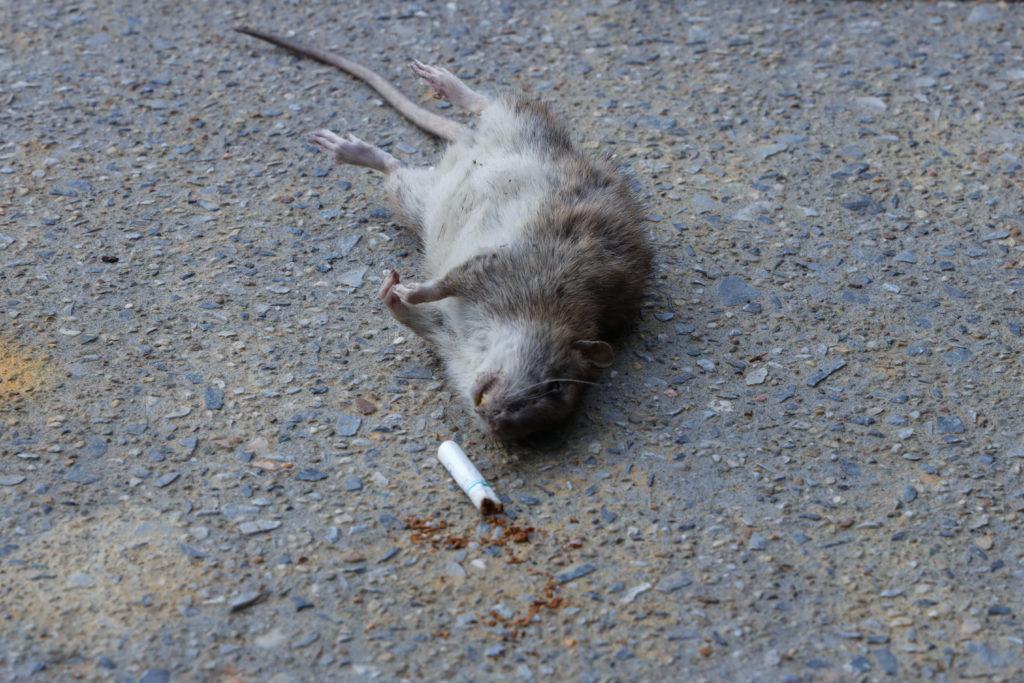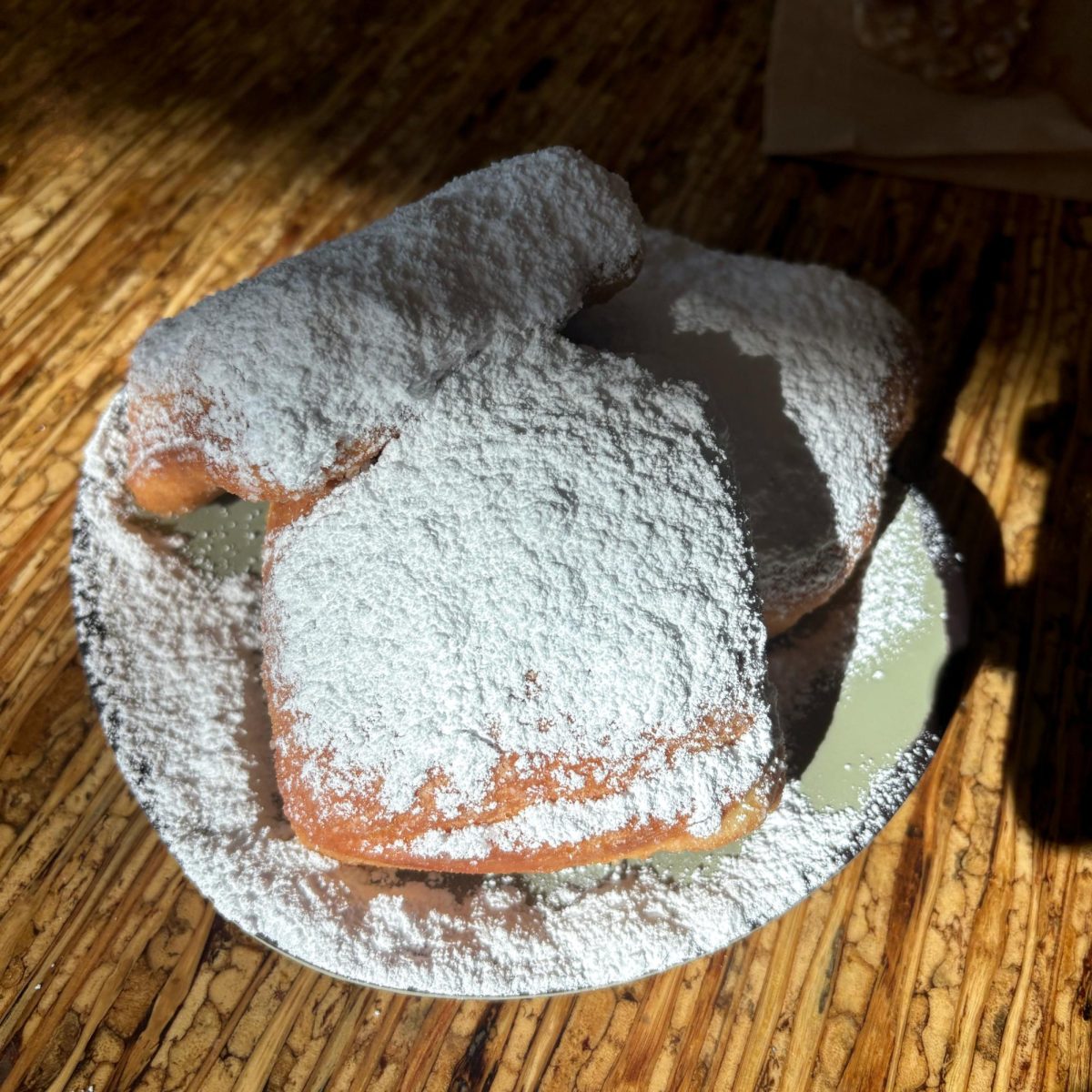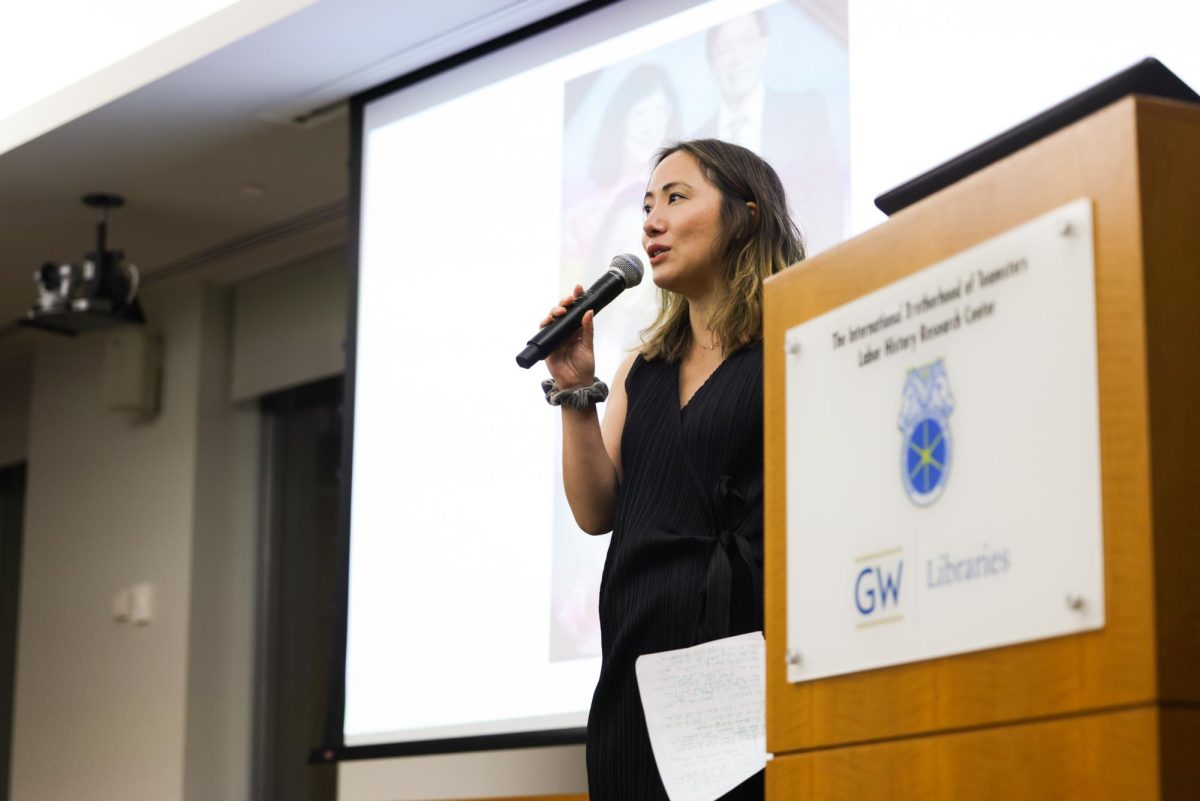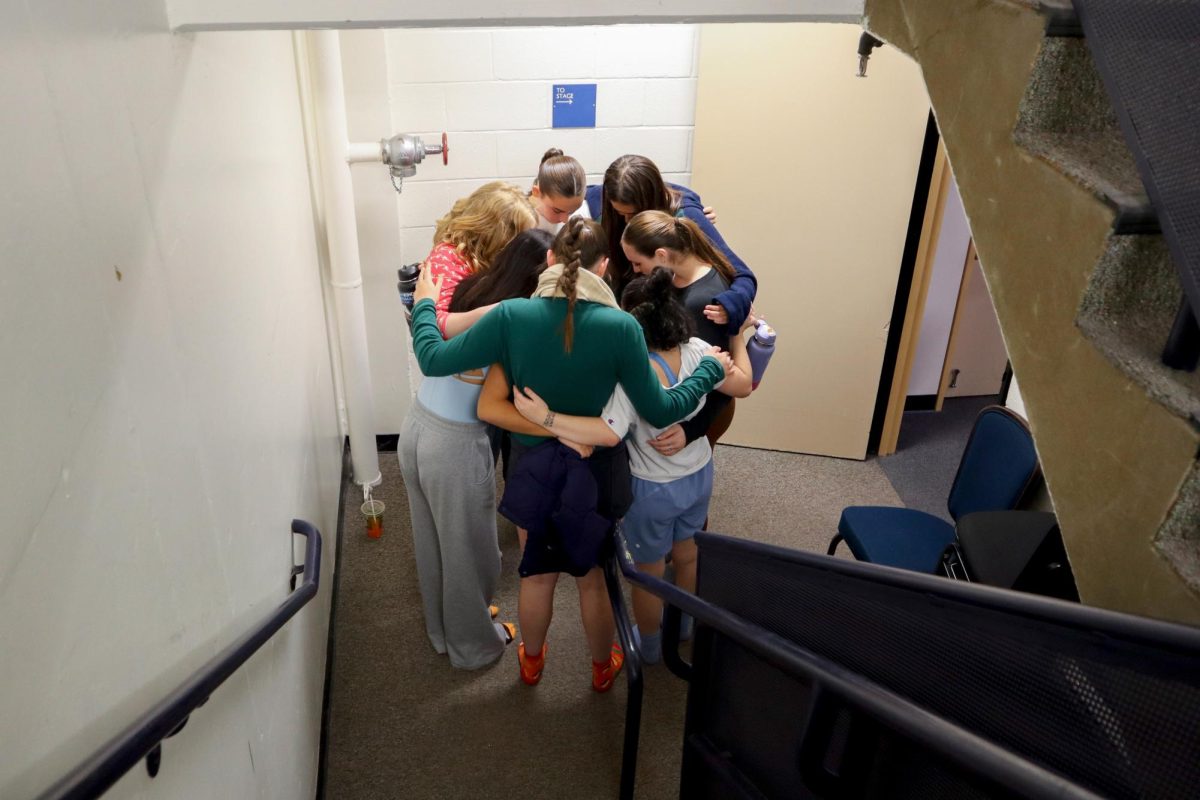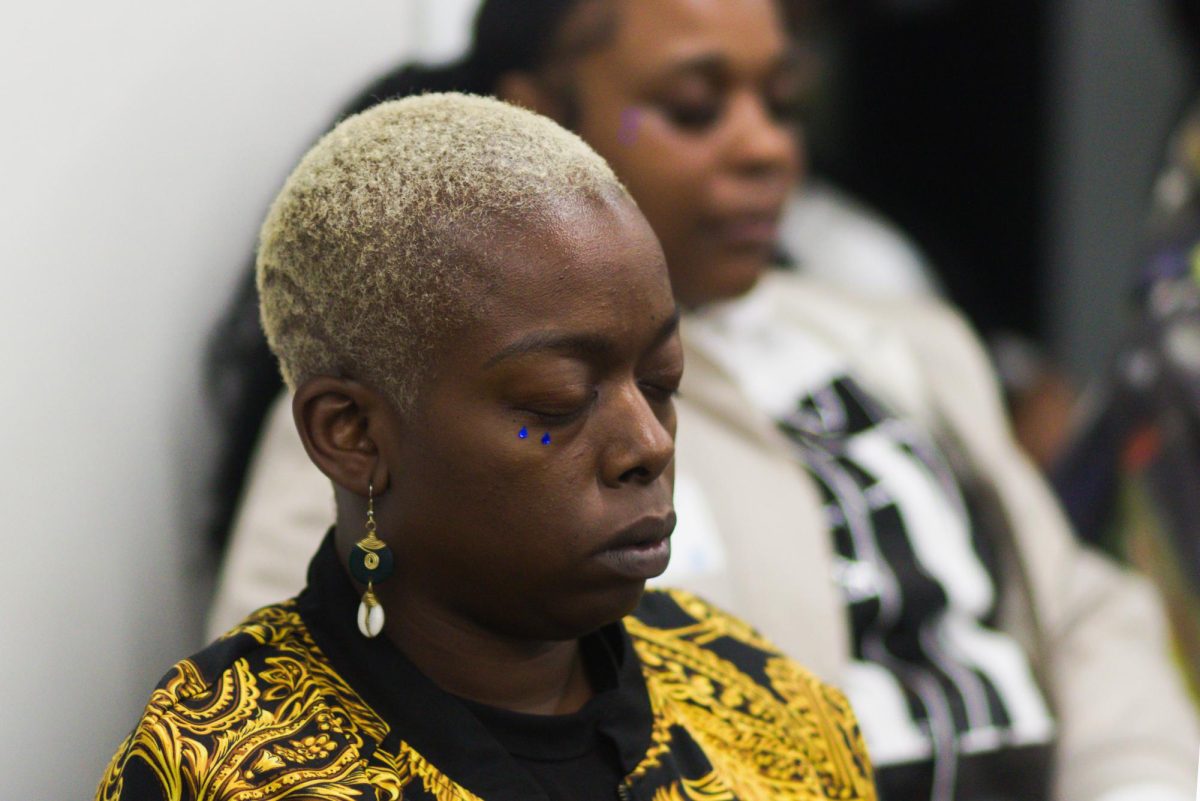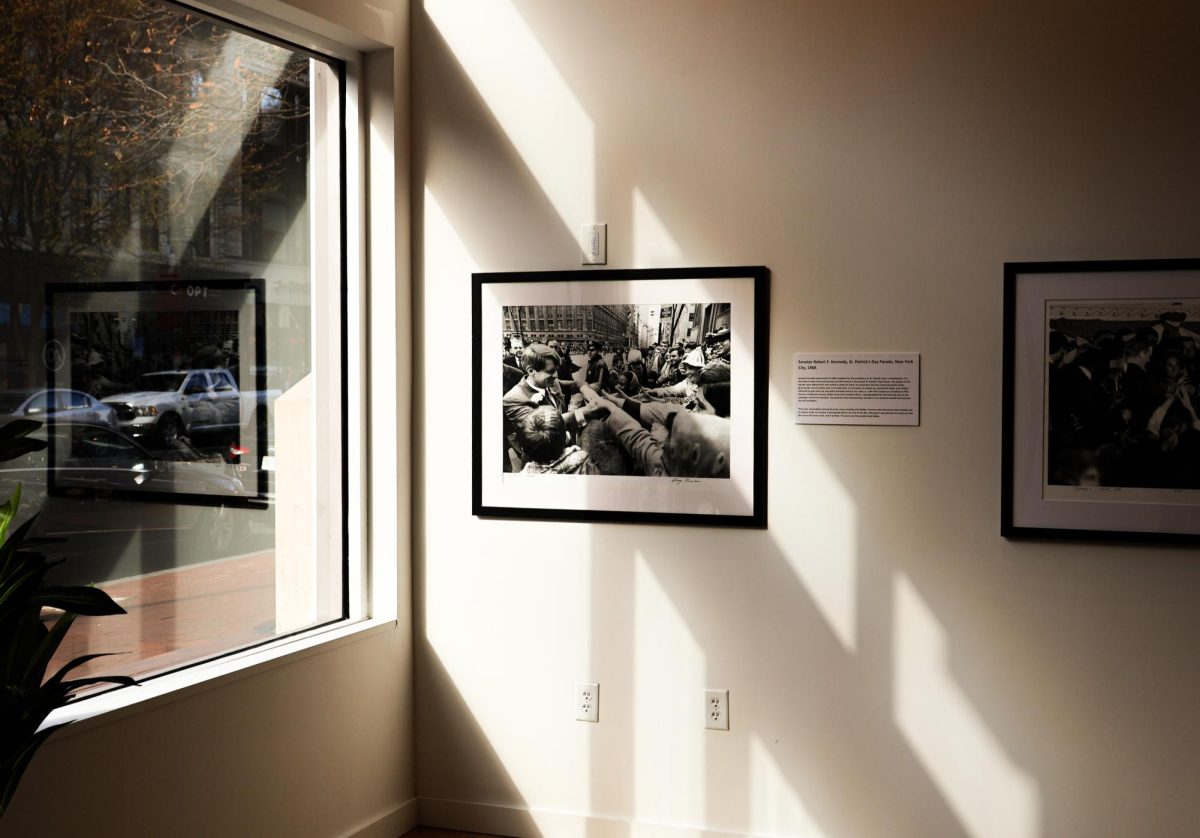From sidewalks to trashcans to gutters, rats roam free across D.C. ready to scurry across the street at a moment’s notice, but students have taken a peculiar liking to the rodents for their cute appearance and enduring prevalence.
Rat sightings have become a right of passage for students who have adjusted to sidestepping these fattened critters, whether they’re rustling in the garbage cans, darting across your path or sprawled out dead after natural selection runs its course. Students have grown to become more welcoming of rats after moving to D.C. – the fourth rattiest city in America – because of the harmless nature behind their rabid facade.
Camellia Genovese – a freshman from Stafford, Virginia and an opinions writer for The Hatchet – said seeing rats roaming around the sidewalks initially terrified her, but she eventually realized “they live here just like the rest of us.”
Rats follow people, so it’s no surprise to see them outside of your favorite restaurants, residence halls and gathering spots. They’ll often frequent the garbage cans outside of CVS, the corner of 21st Street and Virginia Avenue and the pathway next to the Foggy Bottom Metro station and GW Hospital.
“I love all creatures, all creatures great and small,” Genovese said.
Ethan Lynne, a freshman from Ashland, Virginia, said he didn’t have any exposure to rats before moving to college and only faced his first rodent this year in Potomac Square.
“I would say I went from less thinking that they were a dirty city thing to just accepting that they were part of life,” Lynne said.
Celia Luling, an alumna from Medford, New Jersey, said encountering rats “comes with living in a big city.” She said a rat ran across her foot as she was taking her trash out last spring. In the fall of 2021, she accidentally kicked a rat that ran out in front of her on her walk back home from Gelman Library.
“It made this squeak noise, and I was like, ‘Oh my God, I need to go and clean my foot now,’” she said. “And I freaked out.”
While sophomore Sofia Guzman, who is from Humacao, Puerto Rico, was walking on campus dressed up to see violinist Hilary Hahn play at the Kennedy Center in fall of 2021, she suddenly heard squeaking beneath her shoe. She looked down, and realized she had just crushed a meaty rat.
“I was wearing semi-open shoes and then didn’t notice I got the blood on my foot, because when I entered the Kennedy Center with the bright lights, I noticed I had red stuff,” Guzman said. “And I went to the bathroom, and I started scrubbing my foot. I was so scared. I was like, ‘What if I get an infection or something?”
While Guzman said she has a strong fear of rats, she also has a theory that she thinks can explain the mysteriously widespread nature of the rodent at night instead of the daytime.
“I just see them around all the time,” she said. “I get scared that they’ll run toward me. But I do have this thinking that the rats at night turn into the squirrels during the daytime. Like they just transform, so that’s my made-up GW lore.”
Though students have no shortage of disturbingly graphic exchanges with the rodents, most share an affection, and even a sense of respect, for the critters. Sophomore Debbie Kwak, who is from Cupertino, California, said the abundant number of rats in D.C. reminds her of the nostalgic Disney animation Ratatouille.
“I equate them to all the Disney movies,” Kwak said. “I do see Ratatouille in D.C. – Ratatouille is actually the rat community in D.C. In my mind, that’s how it works.”
Beyond the different lores students cook up about the rats on campus, they find creative ways to connect over their shared experiences with the furry rodents.
Kwak said during her freshman year at GW, students found a dead rat outside Potomac House. She said students from the residence hall placed flowers they had found across campus around the rat, and the demonstration was left untouched for two days.
Kwak said honoring the rat connected students who didn’t know each other, as they added rocks, sticks and more flowers to the shrine over the few days. She said as pictures of the demonstration circulated on social media accounts – including an Instagram account known to share pictures of rats on campus, dubbed @gwurats – the shrine began to resonate with other students across campus.
“I believe it really represents the GW spirit and the unity of the students,” Kwak said.
Leah Texter, a freshman from the Philadelphia suburbs, said she’s kept a tally of every rat that she and her roommate have seen since Orientation Week, assembling 34 ticks and counting. Despite her excitement about the growing tally, Texter wonders if the number should be a cause for concern. Rat sightings in D.C. and rat-related complaints to the city government have more than doubled in the 2022 fiscal year compared to 2018 after shrinking during the pandemic when restaurants and offices closed.
“I like to add to the rat tally personally, but I mean, should there be that many?” Texter said. “I don’t know.”
Nino Andre Dionio, a freshman from New York City, proposed locking down “Rats” as the University’s next moniker that is currently up for grabs because of the bounty of rodents on campus. GW is currently in the process of finding a new University moniker, after students criticized the Colonials for its background on slavery and racial discrimination.
Along with other students, sophomore Kyle Dickson, who is from Westchester, New York, has come to embrace the rats’ presence in the District. He recounted one eventful night when he was wandering around Foggy Bottom at 3 a.m. with a loaf of bread and felt inclined to throw a piece to a nearby rat outside Western Market.
Although sometimes seen as a nuisance, most students don’t mind having the furry friends around. While the question of who runs this city – the rats or the students – may still be up for debate, in the meantime we can share our stomping ground.
“Don’t be afraid of the rats,” Dickson said. “They’re our friends.”


